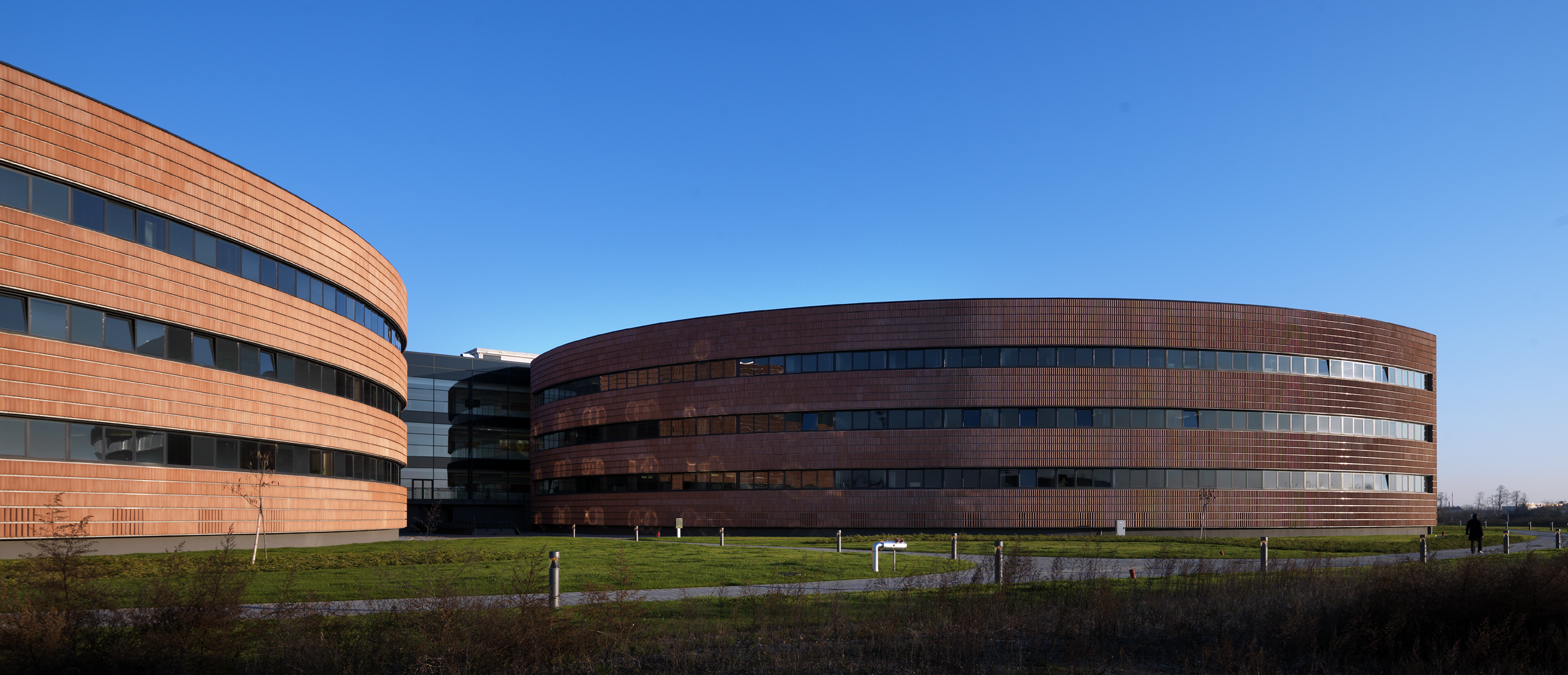Since the early 2000’s the hospital of Vimercate, a town of approx. 25,000 inhabitants close to Milan, has implemented the Electronic Medical Records (EMR). The application of EMR was triggered by three major needs:
- Being able to collect in a clear and transparent manner all data of each single patient
- Increasing the collaboration among hospital departments, to respond to the needs of patients with comorbidities
- Recently, providing an instrument that allows patient data to be used as a basis for a decision making process.

© ASST Vimercate
The amount of information collected in the EMR has enormously increased during the years. Thanks to their widespread application, EMR started to include big data, and through "Big Data Analytics" technologies clinicians and IT staff have been able to develop predictive algorithms to support professionals in the early detection of patients suffering from specific chronic diseases. In addition, detailed information on the care needs of each patient were recently integrated into the EMR, such as walking support, prevention of bedsores, etc. This represents an important step forward in the personalisation of care.
The development of the EMR, along with the personalised care paths designed with the support of telemedicine solutions, helped Vimercate hospital define a new organisational process that enables healthcare staff to better "take care" of chronic and frail patients, relieving patients from the burden of planning all appointments and treatments.
The actions carried out by Vimercate hospital for reorganising the healthcare services and processes, with the support of innovative IT Technologies, is effectively contributing to the development of new organisational models for the proactive and personalised management of chronic and fragile patients.
“We realised that different hospital departments were involved in the treatment of the same patients- we needed a way to make the information of patients available, transparent and protected, to make sure that data were available to the different physicians involved. Collaboration is key for a personalised treatment”.
Giovanni Delgrossi, IT Director, Vimercate hospital
The definition of different professional roles, the support provided by an outsourced Service Center to organize the different planned activities and the creation of the “Case Manager" role as a central point of reference ensure the quality of the process.
The amount and the organisation of data collected per patient has led to the design and implementation of predictive algorithms, to predict the development of chronic diseases, in terms of evolution of clinical parameters, prevention of clinical complications and patient re-hospitalization rate reduction.
The ambition is that the big data included in the EMR will become a more and more reliable source for predictive modelling, to outline the evolutionary scenario of chronic diseases, based on the different treatment and innovative healthcare organization models (planning forecast).
The major outcomes of the introduction of these changes are:
- The coordinated creation of a structured instrument to collect patients’ data in a clear, transparent, sharable manner.
- The establishment of innovative organizational models, supported by the use of innovative IT technologies such as Telemedicine and Artificial Intelligence.
- The improved collaboration among different stakeholders: clinicians, nurses and healthcare staff of different departments but also patients, who feel more involved in their care path.
Vimercate hospital is implementing predictive models with machine learning algorithms focusing on three categories of patients and for three goals:
- Early detection of diabetic patients and prediction of the development of cardiovascular, renal and visual complications.
- Early detection of patients with severe chronic kidney diseases, estimating the time of the possible start of the dialysis treatment.
- Evaluation of the re-hospitalization risk in case of discharged patients with heart failure diagnosis.
The results of the predictive models are expected in the upcoming years.
The management of the organizational and cultural change of the various professionals involved in healthcare process represents a key point to create a new model of health system that preserves the quality of services for the patients and ensures the economic sustainability.

